The HABS photographers assiduously remained out of their own photos of the nation’s historic buildings, so recently when I was trawling around newspapers.com (I’m not addicted. I can stop whenever I feel like it) I was happy to find a picture of HABS photographer Jack Boucher at work photographing the Governor’s Mansion in 1972. Although it’s not the greatest image, given that it’s scanned from a newspaper photo, you can see the large-format camera with perspective correcting devices that took those wonderful images we now enjoy as scanned images on the Library of Congress website.
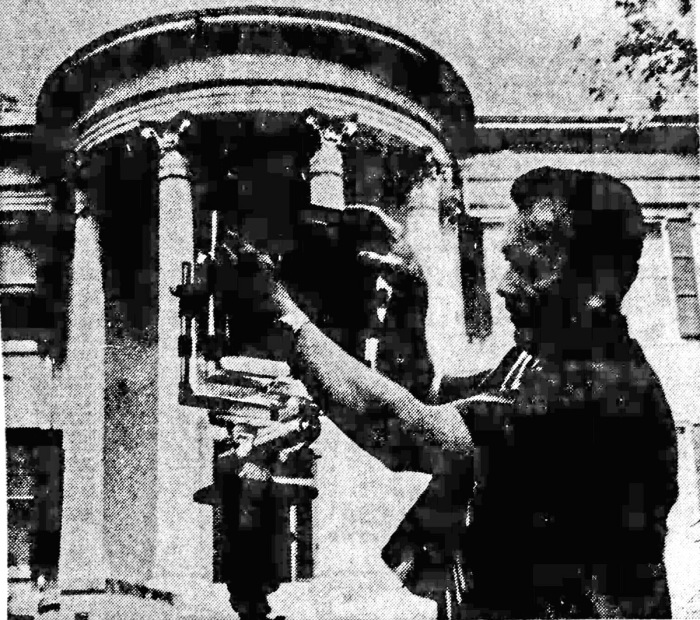
Recording the Governor’s Mansion–Jack Boucher from the Historic American Buildings Survey, photographs Mississippi Governor’s Mansion. Boucher is working throughout the state recording buildings of historic significance. Staff photo by Jesse Worley. Clarion_Ledger, Sun, Apr 30, 1972.
I went to the HABS/Library of Congress website, and I think this is the image Mr. Boucher was taking. The metadata for the image indicates it was scanned from a 5×7″ negative–ahh, the good ol’ days when photos were measured in inches not megapixels!

South front, from southwest – Governor’s Mansion, 316 East Capitol Street, Jackson, Hinds County, MS. Jack E. Boucher, HABS photographer.
While the bulk of HABS documentation occurred in the 1930s (I was actually searching newspapers.com once again for our old friend James Butters . . .), Jack Boucher came to the state in the 1970s to document the restoration of the Governor’s Mansion, among other important buildings. There’s a brief article accompanying the image above.
Governor’s Mansion Photos for History
By Emily Clark
Clarion Ledger Staff Writer“There is a lot of difference between restoration, reconstruction, and rebuilding,” said Jack Boucher who was in Jackson this week photographing the Governor’s Mansion. {illegible} pictorial records and photography with the Historic American Building Survey. His job is to record on film landmark buildings across the United States.
“I have recorded over 3,500 buildings in 49 states, three possessions and Puerto Rico,” he said.
While in Mississippi, he is working closely with Dawn Mattox, a historian with the State Department of Archives and History.
He is traveling along the Natchez Trace through Natchez, Vicksburg and Rodney.
Since 1933, the Historic American Building Survey has gathered drawings, photographs, and documentation for a national architectural archive. The program is administered by the National Park Service.
“The purpose behind saving buildings whether on film or the building itself is for education,” he explained.
“We try to record buildings before they are restored because they (the workers) tend to take liberties with the building,” he said.
“A changed building becomes a new building,” he said.
“Mississippi is fortunate to have a building with such great architectural integrity,” Boucher said in describing the Governor’s Mansion.
When buildings are selected for recording, history and architecture are given equal weight.
“We keep records of the history from accounts written during the period the building was completed, the architect’s drawings and photographs of the interior and exterior of the building,” he said.
The records are kept in the Division of Prints and Photographs of the Library of Congress which contains more than 30,000 measured drawings, 40,000 photographs, and 10,000 pages of documentation.
Clarion-Ledger, April 30, 1972, p. A-4
More about HABS in The Sip . . .
Categories: Architectural Research, Historic American Building Survey (HABS), Jackson, MDAH

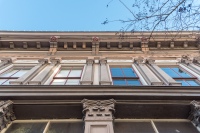
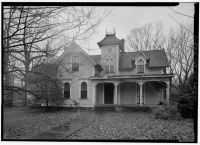
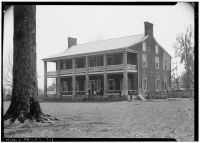
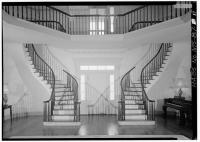
He presumably had no idea of the number of liberties taken with the Governor’s Mansion through the years when he made that statement. It and the Old Capitol make Theseus’s Ship look original.
LikeLike
Nice work! These photographers using large format cameras were able to control converging lines on tall buildings. Perspective control shift lenses are available for digital cameras (and film bodies if they use the same lens mount), but very few people buy and use these lenses.
LikeLike
It is because those lenses are very expensive. Not everyone has $2,000 laying around to buy a good tilt-shift lens. A 5×7 or other large-format camera, well $2,000 does not even come close to buying one of those.
Old film camera people rather snobbishly complain about digital photography’s lack of quality or skill. But, digital has democratized photography, even architectural photography, allowing people who just a couple of decades ago would not have been able to take more than a few rolls of photographs a year to document their world with thousands of photographs. Inexperienced photographers who would have had to spend a substantial amount of money buying and developing their initial, sub-par efforts can now get thousands of photographs worth of practice at little cost and can become good photographers much faster than before.
LikeLike
Digital photography certainly makes this blog possible, so I won’t knock it, but I question how many of those photos will survive for a generation or two or three as the HABS photos have and will. They are cheap on the front end, but not cheap to maintain and upgrade through generations of software.
LikeLike
Is Columbus burning? Yes!!
Ten homes torched last week to “redevelop” Burns Bottom Flood Plain. Like the un-indicted war criminal General Sherman, Castleberry has left his Mark. At Geneva in the mid-1800s, there were efforts being drafted to protect civilians and their property in times of war. The bad news is that Geneva doesn’t have a standing army to carryout the humane provisions of the treaties.
So, the only good news from the Commercial-Dispatch..
Time Capsule: Looking back, through the lens of Carl Brown’s camera
http:www.cdispatch.com/lifestyles/
LikeLike
The Columbus Redevelopment Authority burned the buildings down?
LikeLike
Yes. some were burned (B). Some were demolished(D).
I spoke to old school blacks that witnessed the destruction and they were saddened that the historic homes were being destroyed. They said that Castleberry will get richer off this.
LikeLike
According to the article in the Dispatch, CRA begins demolition in Burns Bottom, May 28, 2019, an agreement between Columbus Fire and Rescue and the Columbus Redevelopment Authority and the city, the purpose was to reduce demolition costs by allowing the fire department to conduct training fires, in homes that are “nowhere near owner-occupied residences.” Nine or 10 houses were approved to be used in training fires, and the remainder will be demolished by city crews. Three of them had been burned according to the May 28 news item.
LikeLike